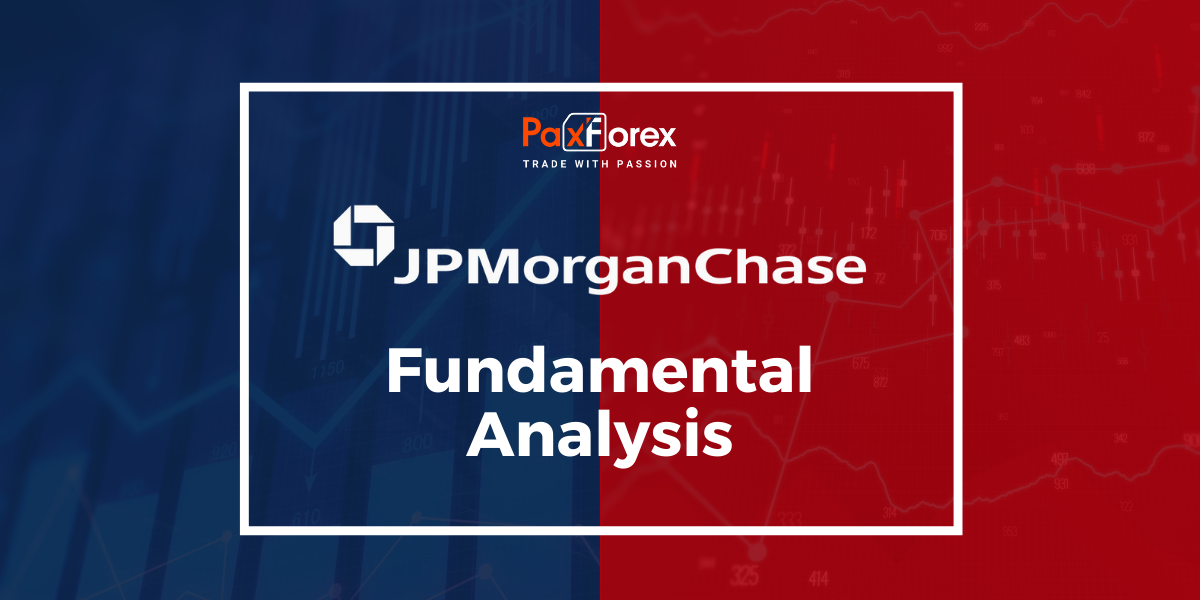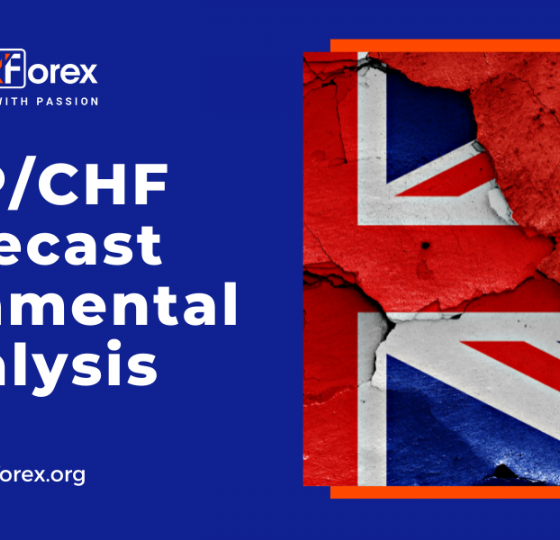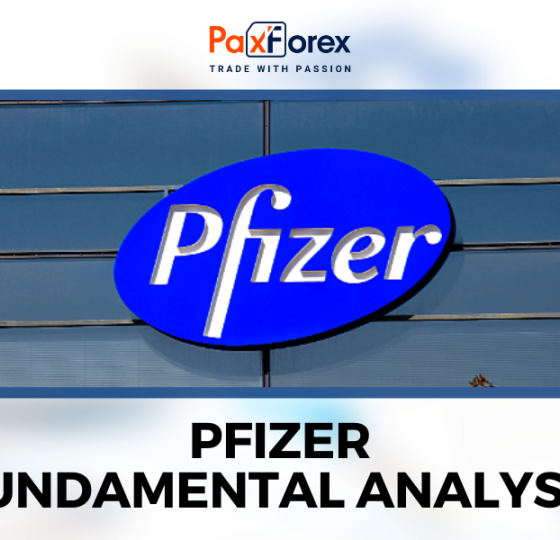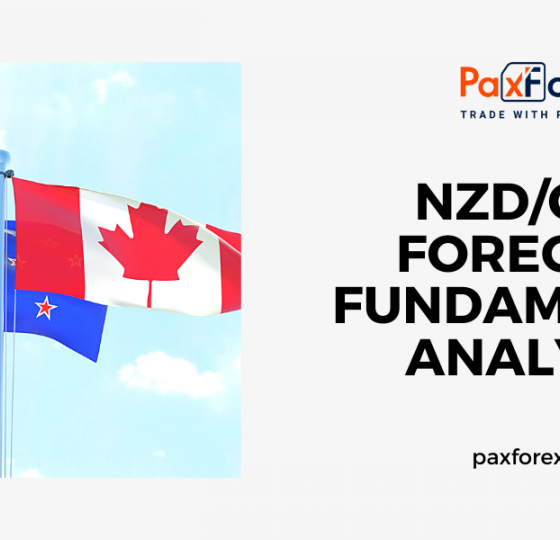
Source: PaxForex Premium Analytics Portal, Fundamental Insight
Despite the high valuation and declining stock price following the release of its Q4 and full-year 2021 earnings report, analysts still believe that JPMorgan Chase is the best-performing banking asset of its kind. After all, America's largest bank by asset size generated more than $125 billion in earnings on a managed basis in 2021. Still, the bank may struggle to deliver the returns investors have grown accustomed to in recent years because of some near-term adversity. And here's why.
One way to estimate JPMorgan's accomplishments on a quarterly and annual basis is the return on tangible total capital (ROTCE), which is a technical rate of return on equity after dismissing selected stock, charity, and intangible assets. It is definitely a strong number, taking into account the intricacy of the bank and the amount of regulatory capital it must have. In recent years, JPMorgan has mostly exceeded its target of 17%.
In 2019, before the pandemic and when the federal funds rate was higher, which is apt to help banks, JPMorgan Chase reported 19% ROTCE. The bank reported 14% ROTCE in 2020 and then 23% in 2021. However, both ROTCEs in 2020 and 2021 were significantly influenced by reserve capital. In 2020, JPMorgan had to set aside a ton of funds to prepare for potential loan losses, which significantly reduced profits. In 2021, realizing that these loan losses would not be realized, JPMorgan put the reserve capital back into earnings, which increased ROTCE significantly. When the reserve capital was drawn out in 2020 and 2021, JPMorgan's earnings were 19% and 18% ROTCE, respectively.
How did these numbers do so well with so little credit growth and low interest rates over the past two years? The bank's Corporate & Investment Banking (CIB) division had an outstanding year, first in capital markets and then in investment banking in 2021. But as earnings at CIB are expected to normalize this year and interest rates remain relatively low, all things considered, achieving the 17% goal becomes more challenging.
No doubt much of the sell-off after JPMorgan's Jan. 14 report was due to the bank's guidance, which was somewhat muddled and seemed to suggest less fortunate outcomes this year and possibly next.
One of the main metrics on which banks typically provide guidance is net interest income (NII), which is the money banks earn on loans and securities after covering the cost of funding those assets. When the Federal Reserve raises its benchmark overnight lending rate, the federal funds rate, banks tend to earn more NII because the yield on their assets, such as loans and securities, is revalued based on the federal funds rate higher than the rate on their liabilities, such as deposits. JPMorgan does expect NII to grow as a result of rising rates. In 2021, NII from loans and securities was about $44.5 billion. With expected rate increases this year, some growth in loans and securities placements, JPMorgan expects that to grow to about $50 billion in 2022.
But JPMorgan also gets NII from the bank's CIB Markets division, mostly from the bank's fixed-income capital markets business, doing things like holding bonds and some customer lending and financing. This was very high in 2020 and 2021 at $8.4 billion and $8.2 billion, respectively, but is now expected to normalize as rising rates also drive up the cost of funding fixed-income assets. In 2019, when the economy was more normal, the NII of CIB markets was only about $3.1 billion. Thus, while JPMorgan is expected to benefit significantly from rising rates, NII may be offset to some extent by lower NII in CIB markets, although this NII is harder to predict.
JPMorgan's spending forecast also took analysts by surprise. After spending just under $71 billion last year, management expects spending to reach about $77 billion this year, a slight increase. About $2.5 billion of that increase will go toward employee compensation and normalizing travel and entertainment expenses, and about $3.5 billion will go toward investments in the company, such as technology capabilities, expansion, and marketing.
As analysts noted, such spending growth is likely to make it difficult for JPMorgan to get positive operating leverage this year and possibly next, when revenue growth outpaces expense growth.
But CEO Jamie Dimon said reaching 17% ROTCE is not out of the question in 2023, depending on factors such as the performance of fixed-income capital markets and the deployment of excess cash, on which the bank has been conservative. Investors also seem somewhat disappointed that JPMorgan has significantly increased its investments in the company over the past few years, so they want those investments to be reflected in earnings.
JPMorgan stock has been priced pretty high, and it will face some difficulties in the coming years. At this point, there is probably potential for much higher returns in stocks like Citigroup and Wells Fargo, which are on a turnaround. But they also carry a lot of risks, while experts are confident that JPMorgan management is managing the company wisely and investing to handle all the competition in the banking sector now and in the future.
As long as the price is below 158.20, follow the recommendations below:
- Time frame: D1
- Recommendation: short position
- Entry point: 149.07
- Take Profit 1: 139.80
- Take Profit 2: 135.50
Alternative scenario:
If the level of 158.20 is broken-out, follow the recommendations below:
- Time frame: D1
- Recommendation: long position
- Entry point: 158.20
- Take Profit 1: 165.60
- Take Profit 2: 170.00













